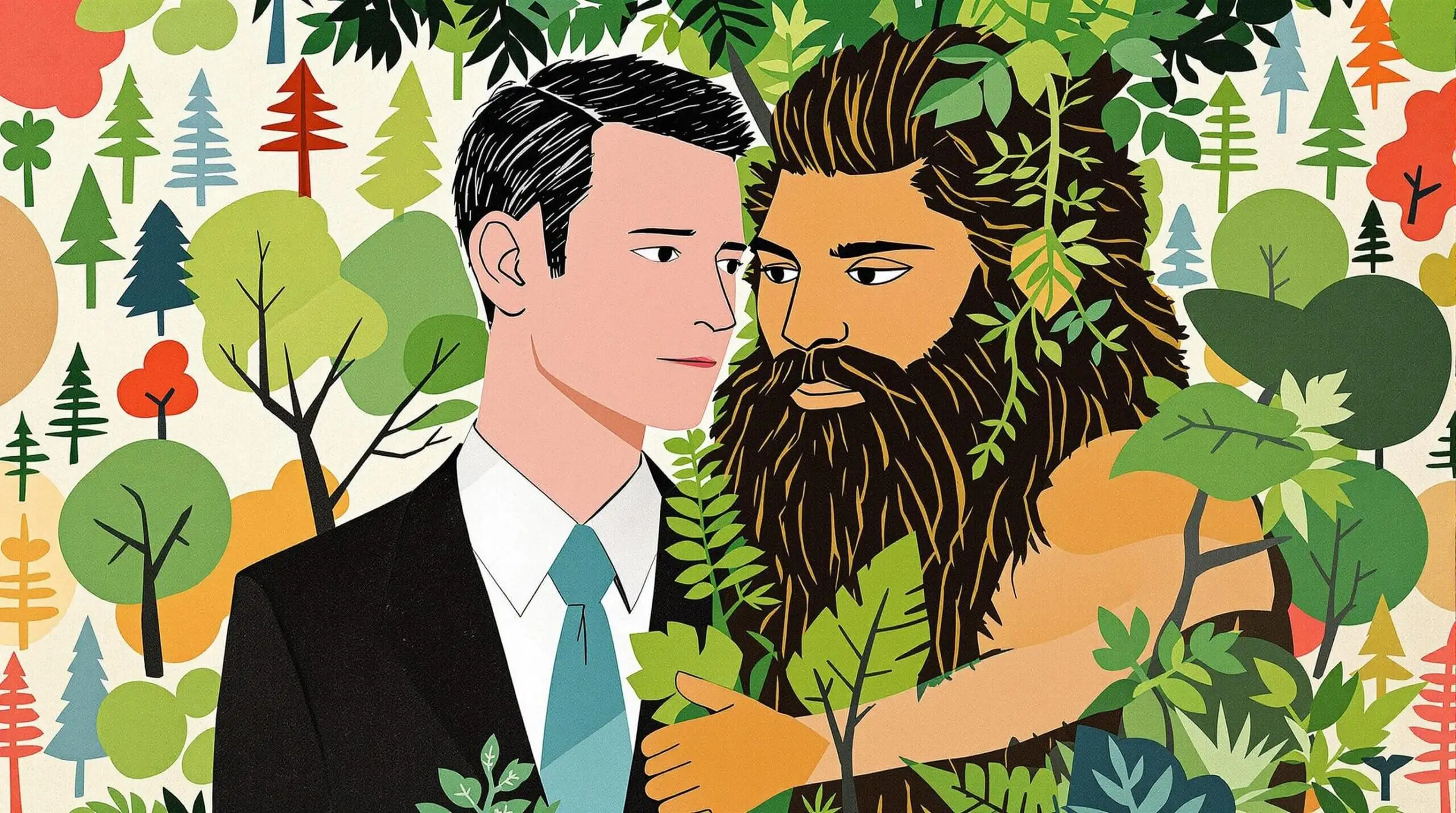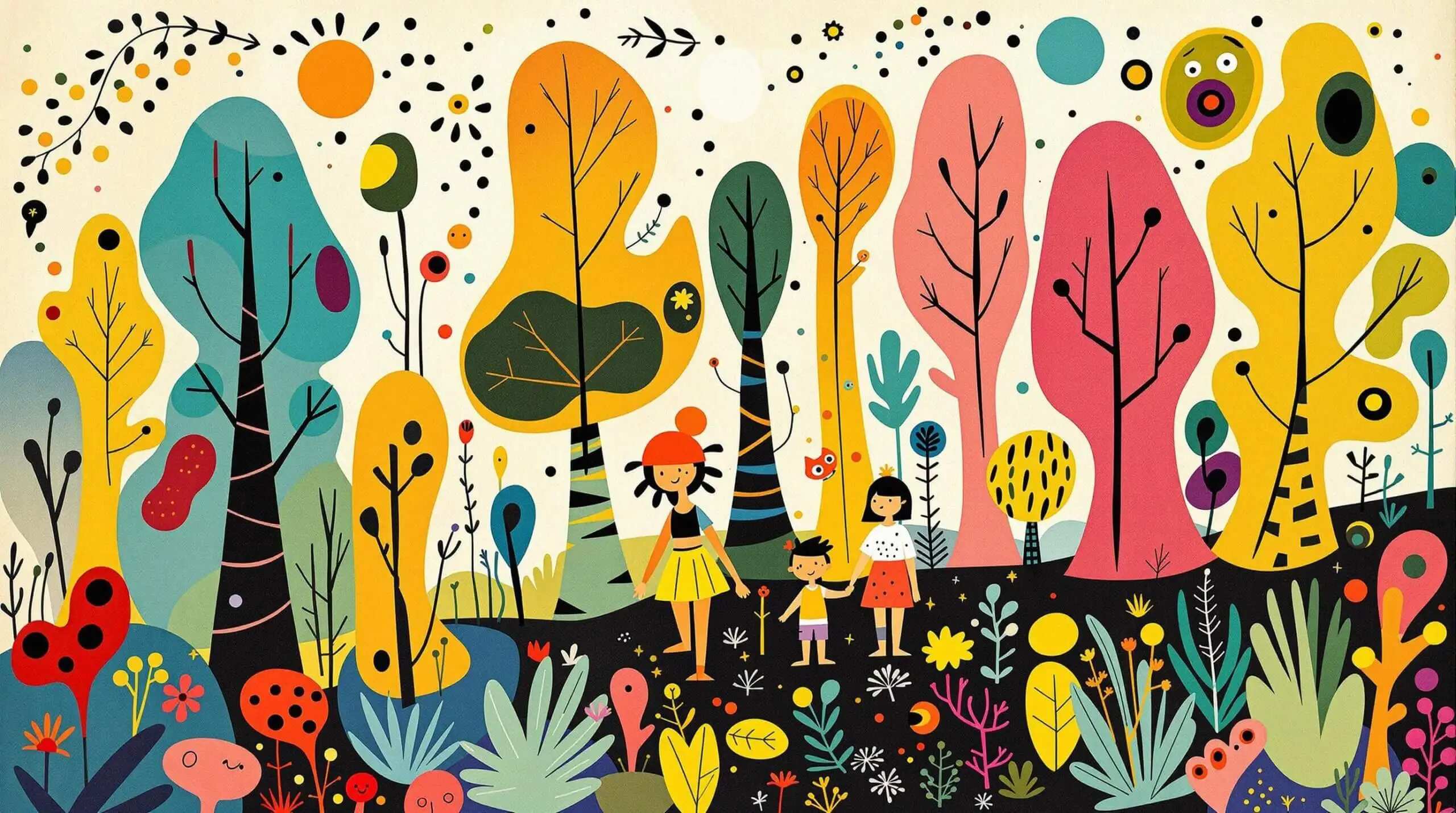Rewilding Your Life: Primal Habits for Modern Longevity
Explore how incorporating primal habits into your daily routine can enhance longevity and well-being.

Understanding Rewilding: A Return to Our Ancestral Roots
What is Rewilding?
Rewilding isn’t just another wellness buzzword – it’s a practical approach to living that draws on our evolutionary past. Think of it as pressing the reset button on our modern lives, bringing back behaviors and practices that our ancestors took for granted. We spent 99% of human history living as hunter-gatherers, and our bodies still operate on that ancient programming.
The Science Behind Human Adaptation
Our genes haven’t changed much in the last 10,000 years, but our lifestyle certainly has. Research shows that many modern health issues stem from this mismatch between our ancient biology and contemporary living. Studies in evolutionary biology highlight how our bodies thrive when we mirror certain ancestral patterns – from movement to sleep cycles, eating habits to social connections.
Origins of the Modern Rewilding Movement
The concept gained momentum in the early 2000s, inspired by anthropological studies of remaining hunter-gatherer societies. The Hadza of Tanzania, for example, show remarkably low rates of chronic disease despite (or because of) their traditional lifestyle. Similar findings among other indigenous groups have sparked interest in adapting these ancient practices for modern life.
Key Benefits and Research
The numbers are compelling. People who adopt elements of ancestral living often see improvements in various health markers. Studies show decreased inflammation, better insulin sensitivity, and improved sleep quality. Research from the University of New Mexico found that people following ancestral movement patterns experienced a 60% reduction in back pain compared to conventional exercise.

Core Elements of Modern Rewilding
Natural Movement Patterns
Our ancestors didn’t hit the gym – they moved naturally throughout the day. This included walking (lots of it), lifting, carrying, climbing, and sprinting when needed. Modern research confirms these varied movement patterns build better functional strength and endurance than isolated exercises. The key is incorporating natural movements into daily life, whether that’s taking stairs, carrying groceries, or playing with children.
Eating Like Our Ancestors
The ancestral diet wasn’t one specific menu – it varied by location and season. However, certain principles held true: whole foods, minimal processing, and natural variety. Modern studies support this approach, showing that diets based on unprocessed foods reduce inflammation and improve longevity markers. Seasonal eating aligns with our body’s natural rhythms and ensures diverse nutrient intake.
Natural Light and Sleep Cycles
Before artificial light, humans lived by the sun’s schedule. Research shows that aligning with natural light cycles optimizes our circadian rhythm, improving sleep quality and hormone balance. A study in the Journal of Clinical Endocrinology & Metabolism found that exposure to natural light patterns could improve sleep quality by up to 40%.
Practical Implementation of Rewilding Principles
Daily Movement Integration
Natural movement isn’t about scheduled exercise – it’s about constant, varied motion. Standing desks, walking meetings, and floor sitting introduce more movement naturally. Research shows that this approach burns more calories and maintains better muscle activation than conventional workout routines.
Environmental Connection
Regular outdoor exposure isn’t just good for vitamin D – it’s essential for our immune system and mental health. Studies show that spending time in natural environments reduces stress hormones by up to 15% and improves cognitive function. Even brief nature exposure can boost mood and energy levels.
Social Connection and Community
Humans evolved as social creatures, and modern isolation takes a toll on our health. Research indicates that strong social bonds can add years to our lives – one study found that social integration was as important for longevity as quitting smoking.
Practical Tips for Rewilding Your Life
- Start your day with natural sunlight exposure
- Practice barefoot walking on natural surfaces when safe
- Replace chairs with floor sitting options periodically
- Incorporate foraging or gardening into your food sourcing
- Take regular “micro-breaks” outdoors during work
- Use natural movement to accomplish daily tasks
- Eat seasonally and locally when possible
- Create tech-free periods for better sleep and social connection
- Join or create community-based physical activities
- Practice temperature exposure through cold/heat therapy
Advanced Rewilding Strategies
Seasonal Living Patterns
Our ancestors adapted their activities to the seasons. Winter meant more rest and recovery, while summer brought increased activity. Modern research supports this cyclical approach to lifestyle habits. Adjusting sleep, activity, and eating patterns seasonally can optimize hormone function and energy levels.
Stress Management Through Nature Connection
Natural environments provide built-in stress relief. Forest bathing (shinrin-yoku) studies show reduced cortisol levels and improved immune function. Regular nature exposure can lower blood pressure and increase natural killer cell activity by up to 40%.
Building Environmental Resilience
Controlled exposure to natural stressors – like temperature variation and physical challenges – builds biological resilience. Research shows that regular cold exposure can increase brown fat activation and improve metabolic health. Heat exposure through sauna use is linked to increased longevity and reduced cardiovascular disease risk.
The Future of Rewilding
Integration with Modern Technology
Smart technology can support rewilding practices. Apps track natural light exposure, movement patterns, and sleep quality. Wearable devices help monitor our alignment with natural rhythms while maintaining modern convenience.
Urban Rewilding Solutions
Cities are developing more green spaces and natural areas. Research shows that urban gardens, parks, and nature corridors significantly impact resident health. New architectural designs incorporate natural elements and encourage movement.
Scientific Validation
Ongoing research continues to validate ancestral practices. Studies in chronobiology, movement science, and nutritional anthropology provide evidence for traditional wisdom. This scientific backing helps create practical guidelines for modern rewilding.
Measuring Success in Rewilding
- Track sleep quality and natural wake times
- Monitor energy levels throughout the day
- Record mood and stress responses
- Observe changes in physical capability and comfort
- Note improvements in digestion and appetite regulation
- Assess social connection quality and frequency
- Document exposure to natural environments
- Measure markers of physical health and resilience
Rewilding offers a practical framework for aligning modern life with our evolutionary heritage. The evidence shows that incorporating ancestral practices improves health markers, increases longevity, and enhances quality of life. Success doesn’t require a complete lifestyle overhaul – small, consistent changes can yield significant benefits. By understanding and applying these principles, we can create a balanced approach to modern living that honors our biological needs while embracing contemporary conveniences.